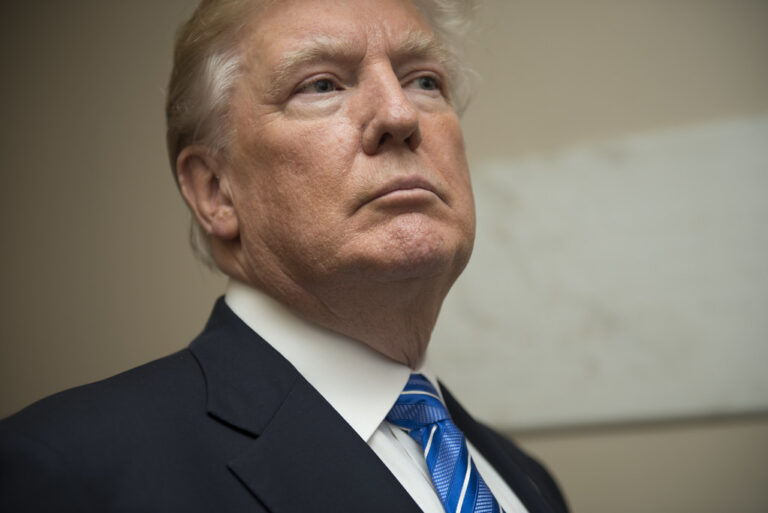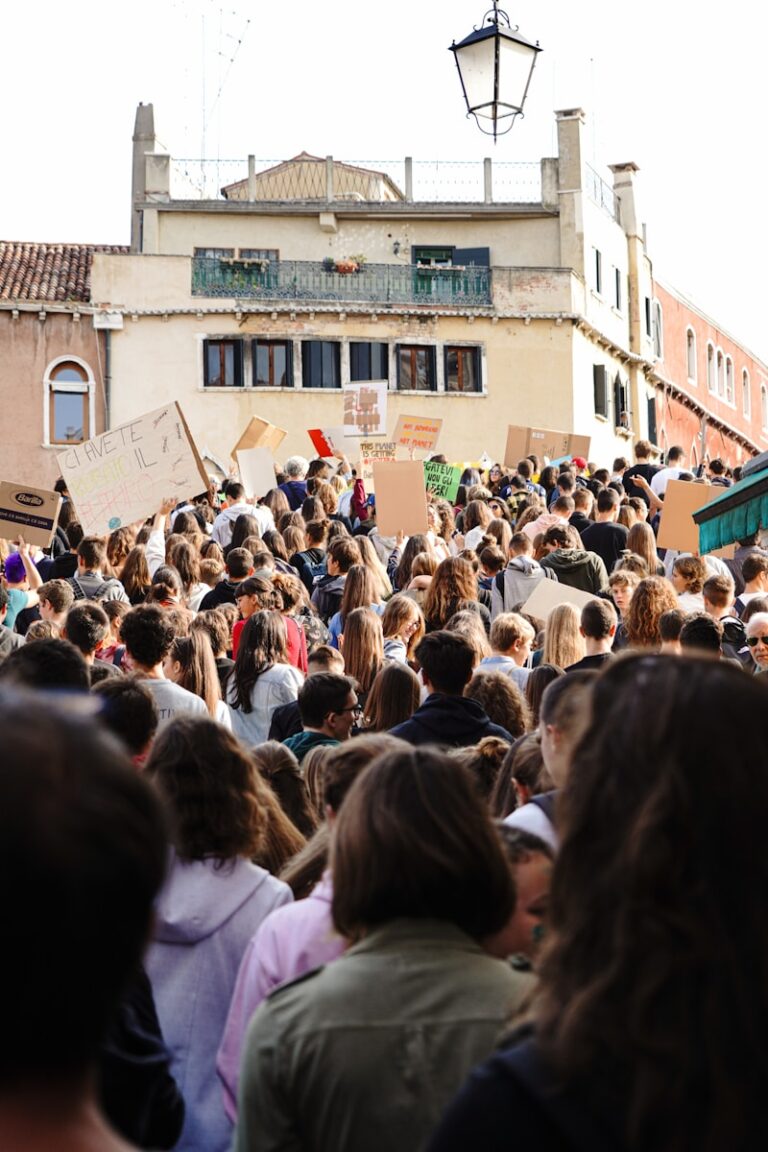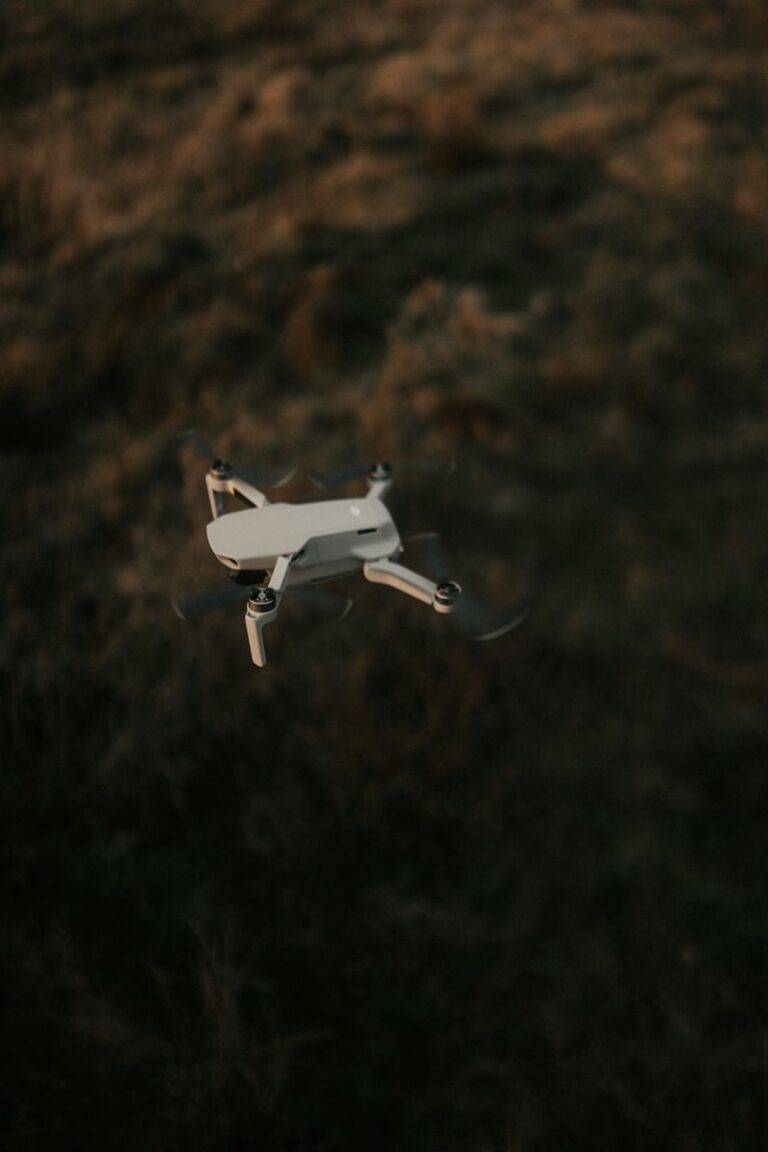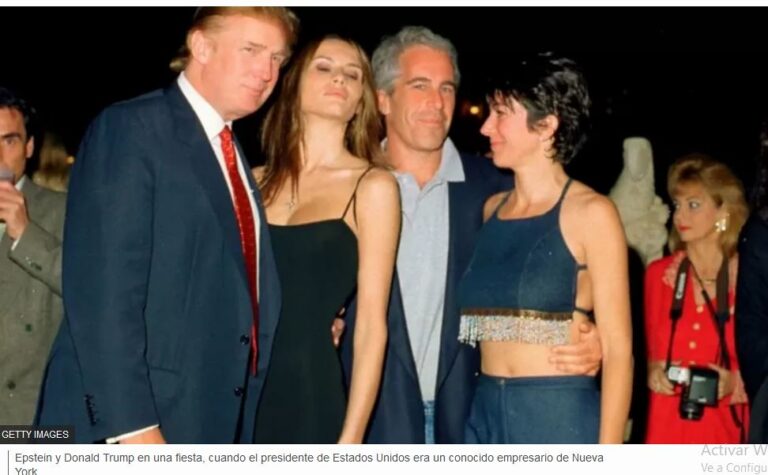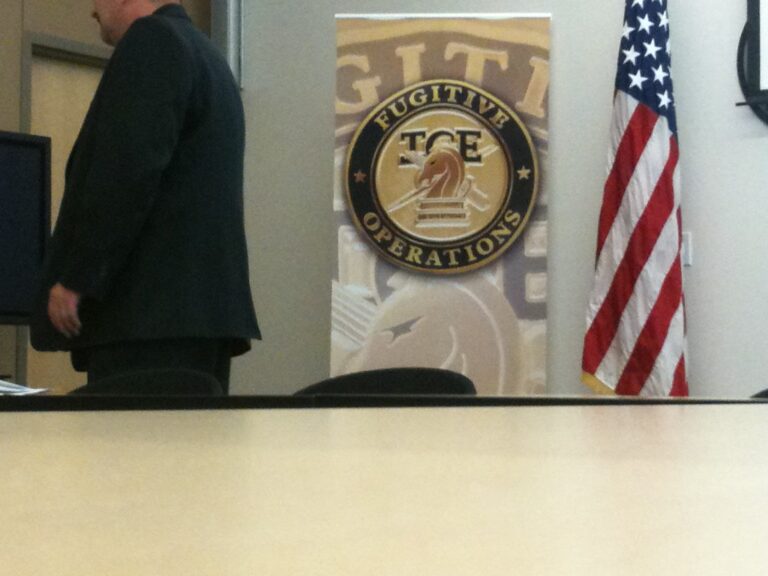Key Takeaways
- South Park Trump satire kicked off Season 27 with record ratings and a sharp jab at the former president.
- The show’s quick animation process lets creators react to news in days, not months.
- Despite the White House backlash, millions tuned in on Comedy Central and Paramount+.
- “South Park Trump” mockery might sway young viewers by mixing humor with politics.
South Park’s Season 27 premiere stunned fans by focusing on President Trump. In this episode, Cartman rails against the administration for cutting NPR funding. Soon, the whole town joins his protest. The show ramps up its usual over-the-top style. It even ends with a wild deepfake scene of a naked Trump in the desert. Critics called it desperate, but ratings soared to six million viewers. Moreover, two weeks later, even more people tuned in. Clearly, South Park Trump satire still packs a punch.
Why South Park Trump Satire Matters
South Park has a long history of targeting both sides of the aisle. Yet this season, the spotlight falls on Trump’s flaws. In fact, the creators animate Trump with the same cutout style they used for Saddam Hussein. This choice puts Trump in a villain role. Meanwhile, the rapid production schedule means the show can respond almost in real time. As a result, South Park Trump jokes land while stories are still hot in the news cycle.
How South Park Trump Roars in Weekly Jabs
To illustrate, the second episode zeroes in on controversial ICE raids. Then the next one mocks Trump’s love for grand gifts and flattery. In that segment, tech bosses fawn over Trump’s “not small” attributes. Later, another installment shows him as a neglectful partner to Satan. These gags build on each other. They form a steady drumbeat of South Park Trump humor. Consequently, viewers stay engaged week after week.
Audience Reaction to South Park Trump Roast
The White House quickly dismissed the satire as irrelevant. However, fans saw it differently. Many praised the show for fearlessly calling out power. Social media lit up with memes about the naked deepfake Trump. Additionally, Paramount+ reported a spike in streams after the premiere. Young audiences, especially men, seemed drawn to the show’s bold tone. This trend hints that humor can bridge the gap to voters who feel ignored.
The Power of Laughing at Leaders
Comedy often exposes truth in a way serious debate can’t. By ridiculing Trump’s business deals and personality, South Park Trump satire cuts through noise. It reminds viewers that leaders can be held up to ridicule. Moreover, the humor here isn’t just cheap jabs. It weaves in real controversies, from FCC deals to lawsuits. Therefore, jokes land harder and stick in the mind longer.
Behind the Scenes: Speedy Satire
Most animated shows take months to produce one episode. In contrast, South Park’s team writes, voices, and animates an episode in one to two weeks. This process lets them react to news within days. For example, they teased the Trump-Paramount merger delay in the very next installment. As a result, viewers feel the satire is fresh and urgent. No wonder South Park Trump roast feels so alive.
Why Young Voters Tune In
Democrats struggle to connect with young, internet-savvy men. Yet South Park attracts this group easily. Why? Because the show offers a mix of edgy humor and current events. Instead of preaching politics, it punches up at a widely known figure. This style might even nudge some viewers back toward more thoughtful engagement. At the very least, it proves that bold satire can spark conversation.
Conclusion
South Park Trump satire shows that comedy can still drive attention in a crowded media world. By blending rapid production with fearless humor, the creators keep viewers hooked. Despite pushback from power centers, the ratings speak for themselves. Whether you love or hate the show, you can’t deny its cultural sway. And as the season rolls on, South Park will likely keep pushing boundaries—and maybe shaping opinions—one laugh at a time.
Will South Park keep mocking Trump throughout Season 27?
Can humor like this actually sway young voters?
How do creators make episodes so fast?
Is there a line satire should not cross?

